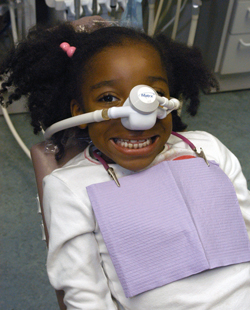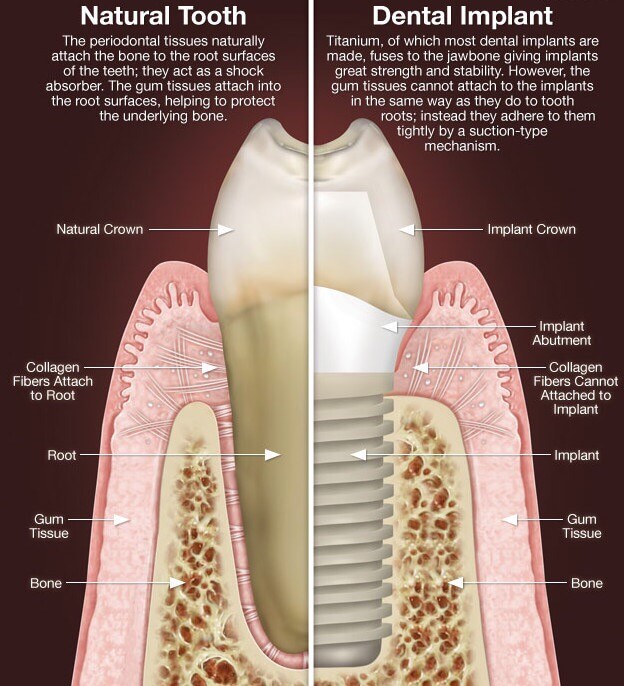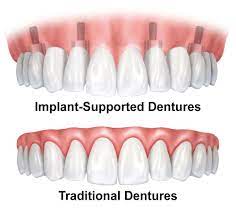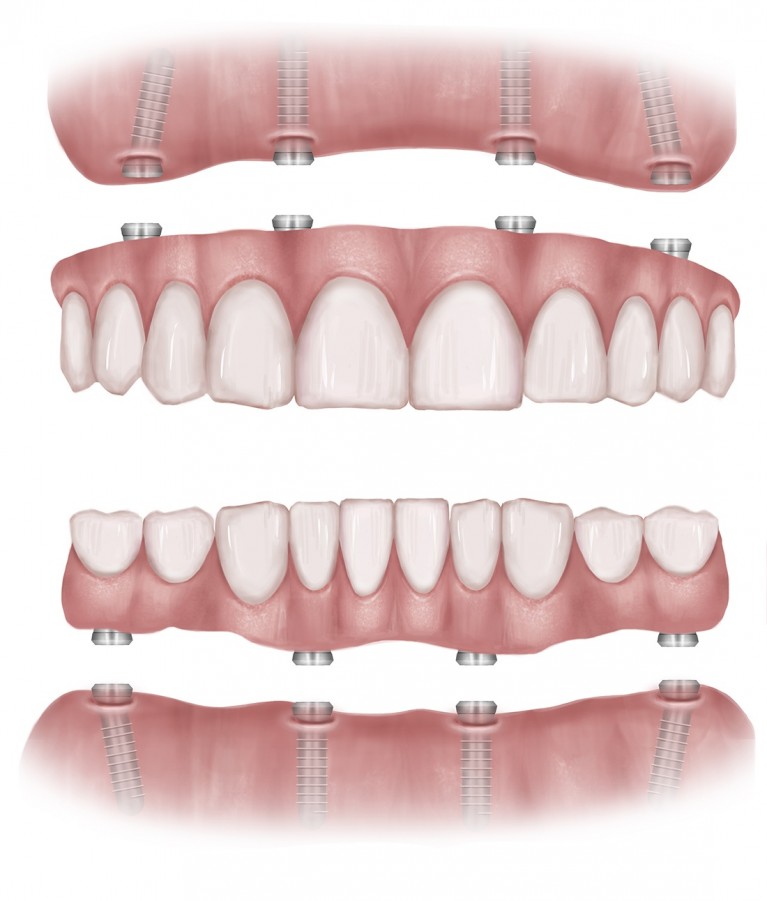Which Type Of Gas Is Used For Providing Inhalation Conscious Sedation?
Nitrous Oxide and Oxygen (“laughing gas”) is usally used for providing inhalational conscious sedation for dental treatments. Approximately 35% of all US dentists offer Nitrous Oxide Sedation to their patients in their practices.
Is Sedation Dentistry Really Relaxation Dentistry?
Conscious sedation will provide you the best feeling of relaxation and comfort during your visit to the dentist for dental fillings or cleaning of teeth. If you suffer from dental phobia, you do not need to worry anymore.
Which Conditions Necessitate Nitrous Oxide Dental Gas Sedation?
Nitrous oxide conscious sedation is specifically helpful for providing dental and oral care to patients feeling fear and discomfort in the dental chair. It can be used in the following cases,
- Extremely anxious and tense patients,
- Persons feeling dental anxiety & stress,
- Mildly anxious children,
- Managing feeling of gag during oral care,
- Treatment of oral traumatic procedures,
- Medically compromised and unfit patients,
- Patients who suffer from fear of needle prick,
- Patients with the history of an unpleasant dental appointment in the past,
- When a person does not want to undergo complete sleep as in general anesthesia.
Why Nitrous Oxide Gas Sedation Is Best For Mild to Moderate Patients?
Nitrous oxide conscious sedation has been very popular among dental patients. People feel relax and immediately provide consent even for removal of wisdom teeth when they find out about the availability of conscious sedation in the dental office. Following are the different reasons for their trust in this technique,
- Simple and safe procedure,
- Does not need any needle prick,
- Provides relaxation within quick time and you will recover quickly once dental treatment is finished,
- Ease of monitoring in the dental clinic,
- Allows easy regulation of depth of anesthesia,
- Produces moderate degree of anesthesia,
- Extremely safe procedure for persons with heart conditions or Diabetes Mellitus,
- Minimal or no abnormal interactions with other medications in use,
- You can easily communicate pain, discomfort or any unpleasant feeling experienced during treatment under conscious sedation to your dentist,
- You will be able to speak and respond to verbal cues throughout the procedure under conscious sedation
- An awareness of surroundings during the whole procedure builds confidence in treatment procedure as well as the dental health care provider,
- Multiple dental treatments such as filling of teeth, root canal treatments and cleaning can be provided in a single sitting in the dental chair under nitrous oxide conscious sedation,
What If A Nasal Hood Is not Possible and Needle Pricks Can Not be Tolerated?
Some people do not like to be put in the dental chair with the nasal hood on their face for providing nitrous oxide conscious sedation. Similarly, people refrain from being pricked with needles for intravenous sedation.
Oral medications which provide conscious sedation are the best solution in such cases. These drugs have a deep pain relieving, sedative and amnesic effect on the patients. The amnesic effect is especially helpful as the patient does not remember anything about the treatment done.
Some people prefer this effect as they do not want to recall drilling and feeling of instruments in their mouth. Furthermore, Intravenous sedation needs specialized training and certification it is not used in most general dental clinics.
 2918 Spencerville Rd, #124Burtonsville, MD 20866
2918 Spencerville Rd, #124Burtonsville, MD 20866  (301) 421 1118
(301) 421 1118 






0 Comments
No comments yet. Be the first to comment!